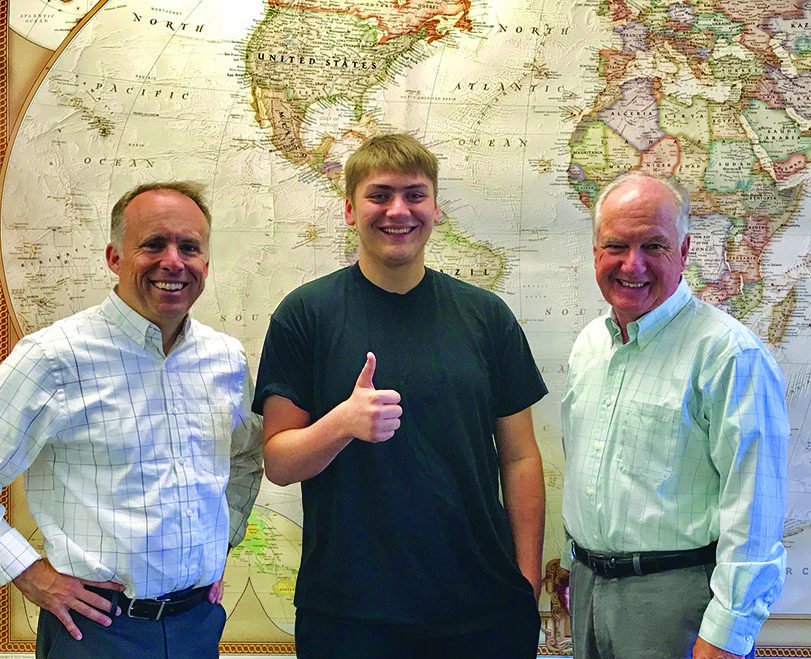Equal Opportunity for All
Everyone has the right to an equal opportunity to take part in mainstream American life. Buildings must have entrances that don’t require walking up stairs. Sidewalks must have curbs that slope to ease transitions for wheelchairs. We’re used to seeing accommodations in our public spaces because of the Americans with Disabilities Act (ADA) of 1990.
ADA in 2018
But what about mainstream digital life? The Internet as we know it today didn’t exist in 1990. Because we now depend on the Internet for so much of what we do, it’s clear that the ADA applies to websites, too. The Department of Justice (DOJ) is working on a final release of technical standards for web accessibility. In the meantime, companies are still required to remove barriers from their websites now. The DOJ currently recommends following the Web Content Accessibility Guidelines (WCAG) 2.0.
Evaluating Risk
There’s a lot to know in WCAG 2.0. Is your staff ready to implement those guidelines? If not, your ESD, or the districts you serve, could receive a disability discrimination complaint from the Office of Civil Rights (OCR). Now’s the ti me to get your website compliant—and keep it that way.
Maintaining an ADA-accessible website is the right thing to do for people with disabilities. But a well-designed, easy-to-use website benefits everyone.
Taking the Next Step
Knowing how to make a website ADA accessible is challenging and requires technical skills. WebAIM (www.webaim.org) offers training nationwide to help organizations make their web content accessible to people with disabilities. Capital Region ESD 113 has invited WebAIM to Washington State for a website accessibility training on June 14, 2018. Everyone is welcome to attend, and clock hours are available.
To learn more about this comprehensive one-day training, see event #71807 at www.pdenroller.org.




